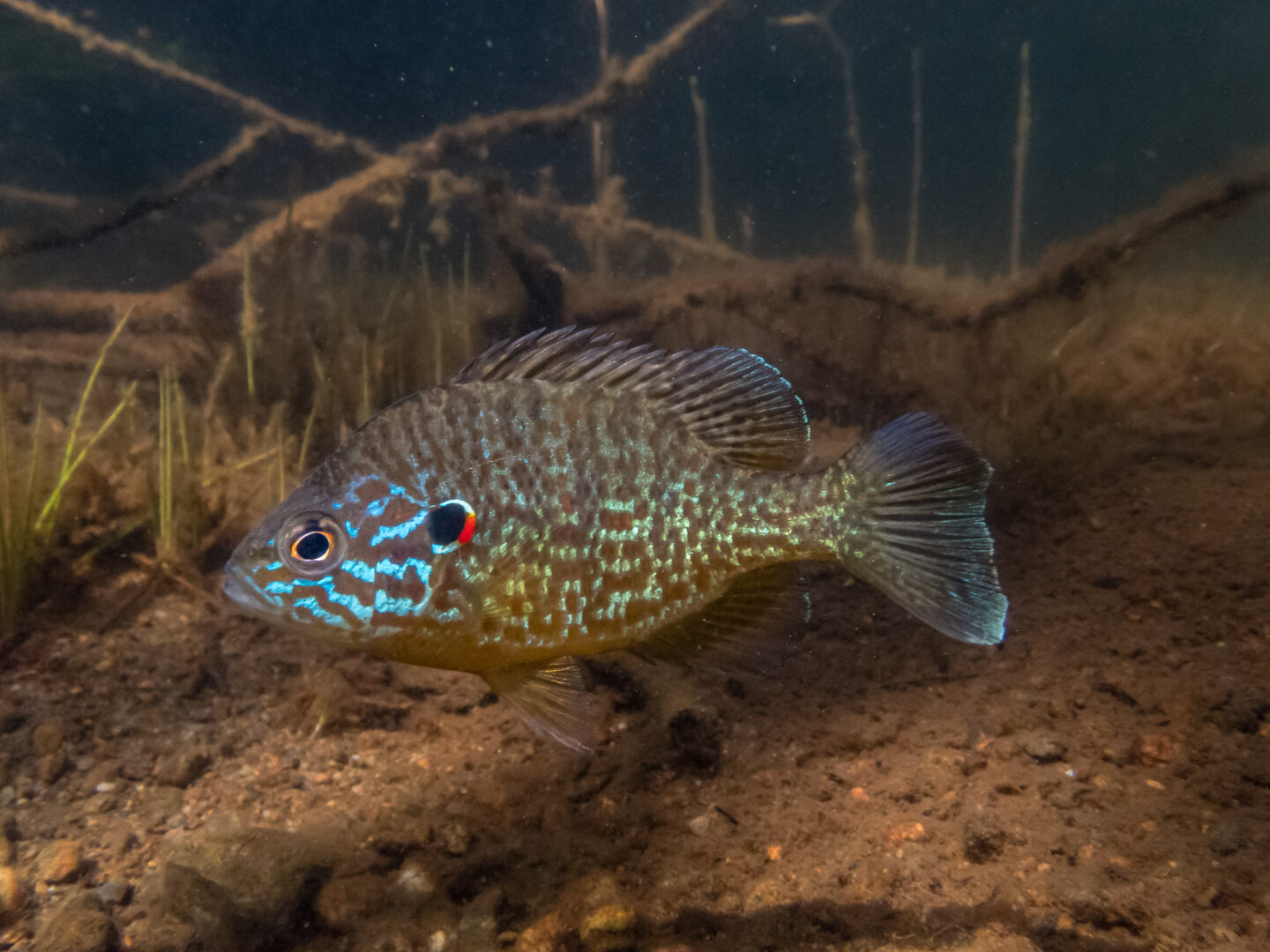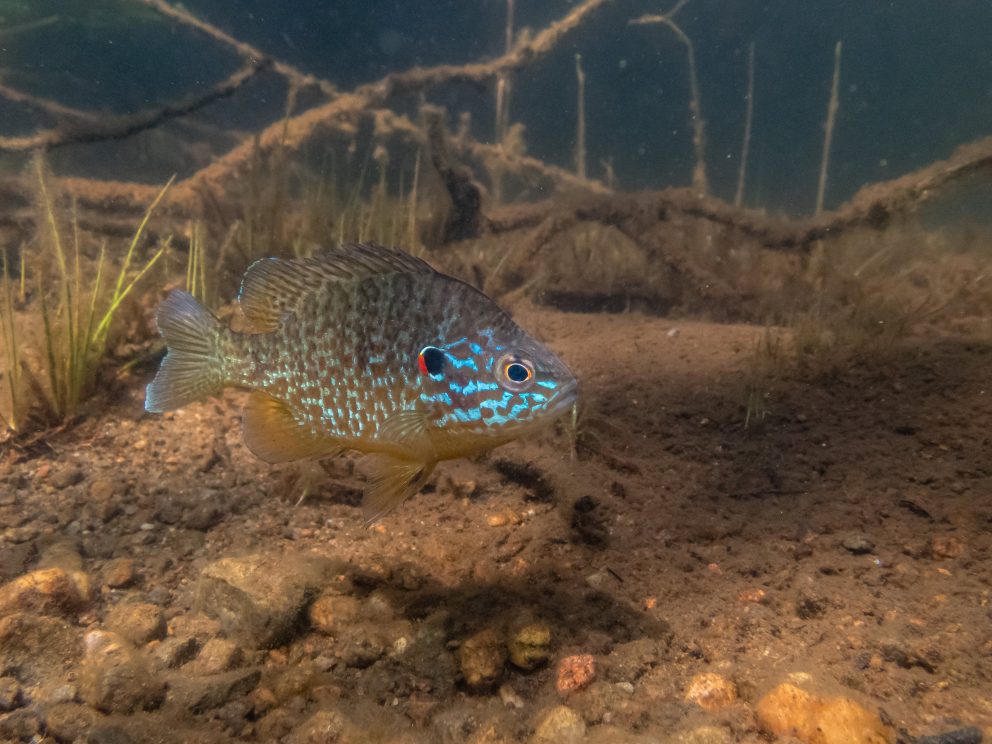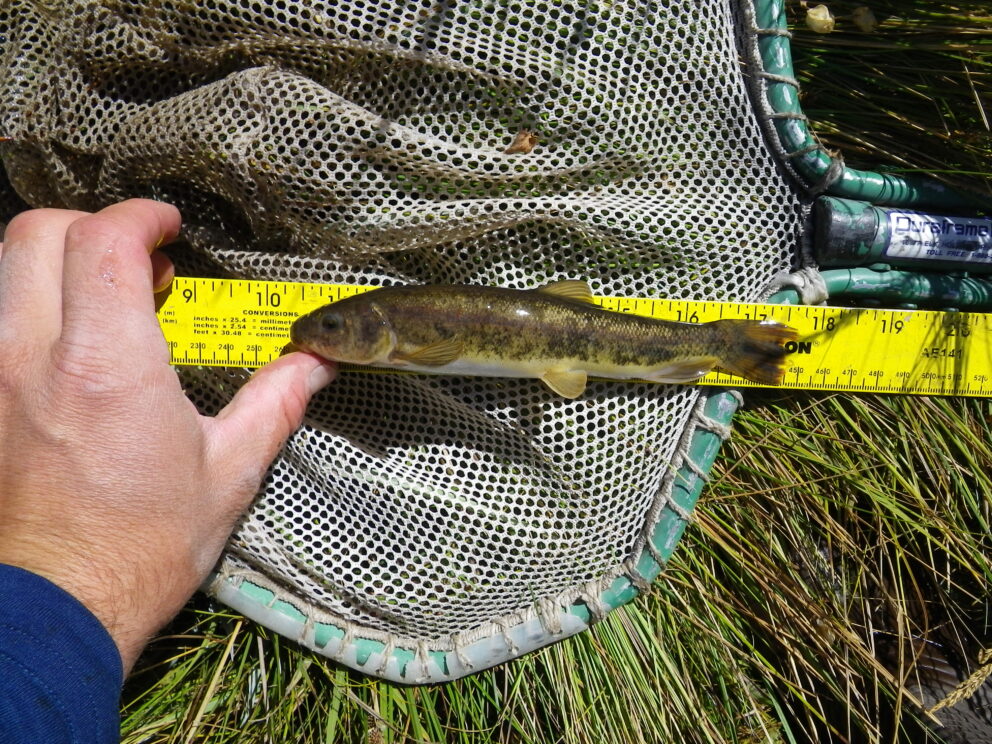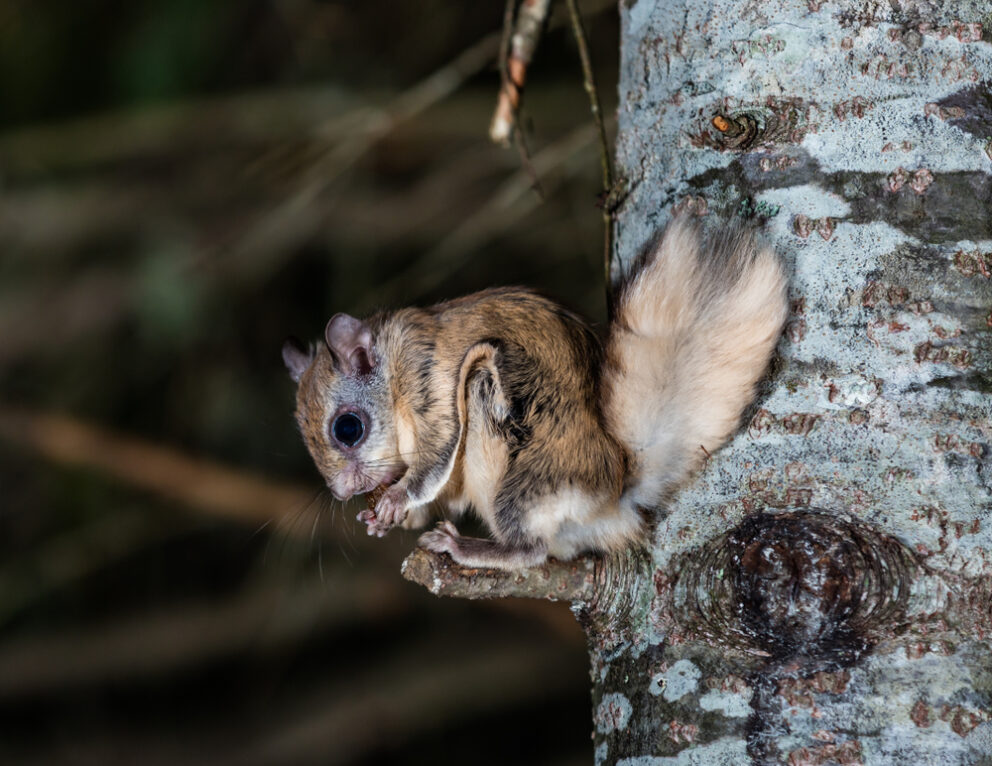- SCIENTIFIC NAME
- Lepomis gibbosus
- CLASSIFICATION
- Fish
- LIFE SPAN
- 5-6 Years
- SIZE
- 5-10” | 0.5-1lbs
- STATE CONSERVATION STATUS
-
- Unprotected
- FEDERAL CONSERVATION STATUS
- Least Concern
- GAME STATUS
- Game
- Washoe
- Humboldt
- Pershing
- Churchill
- Mineral
- Lyon
- Douglas
- Carson City
- Storey
- Elko
- Lander
- Eureka
- White Pine
- Esmeralda
- Nye
- Lincoln
- Clark
Habitat & Range
The Pumpkinseed is native to the eastern half of the United States from Canada to the Gulf of Mexico. It has been introduced extensively throughout North America. Pumpkinseed can be found in northwestern Nevada waters such as the Truckee River, Peavine Ponds, Rancho San Rafael Pond, and Steamboat Creek. The species typically resides in warm, calm lakes and ponds.
Threats
- Natural Hybridizing
- Predation
Natural History

Pumpkinseeds are day feeders in all water levels with the heaviest feeding in the afternoon. Their diet consists of insects, insect larvae, mollusks, snails, crustaceans, leeches, and small fish . Using dense vegetation, rocks and submerged logs for protection while they rest through the night. The males will change color during breeding season as a visual cue to females.
Fun Facts
Pumpkinseeds are effective at destroying mosquito larvae. The males will aggressively guard and defend the nest until the fry have left. He will also keep the nest clean and well-oxygenated by fanning his fins until the fry feed on their own. If the fry leave the nest pre-maturely, the male will return them to the nest in his mouth.














